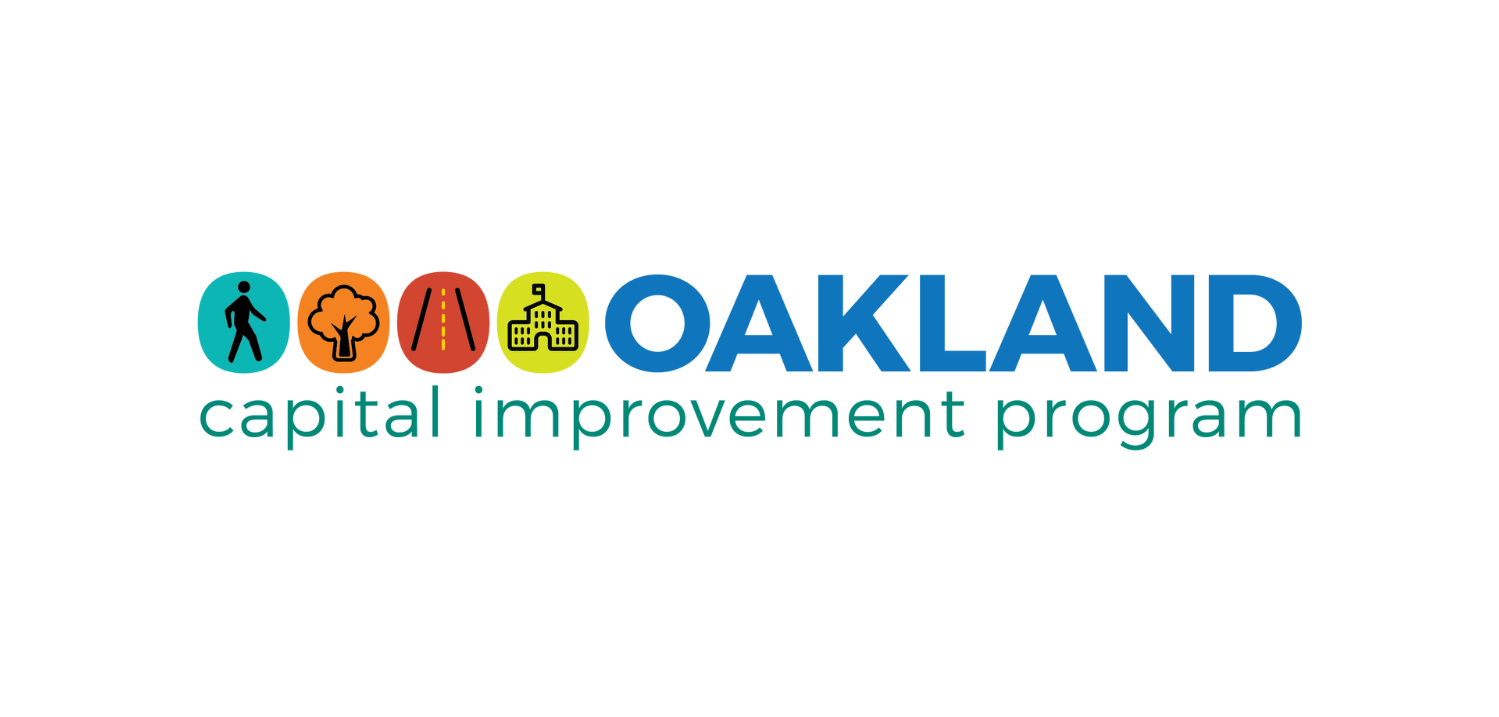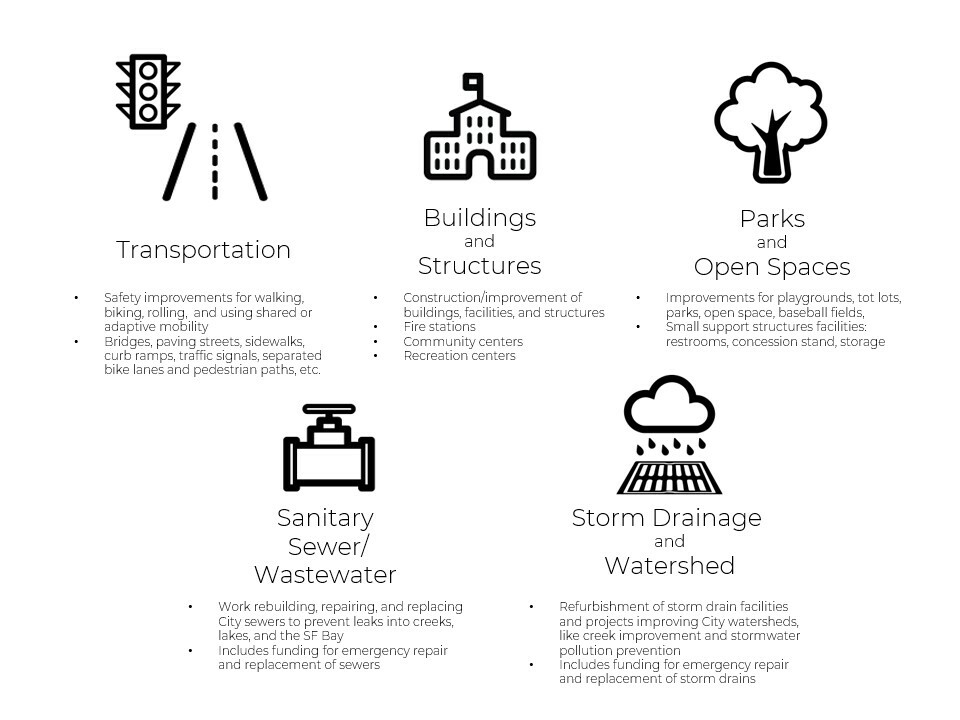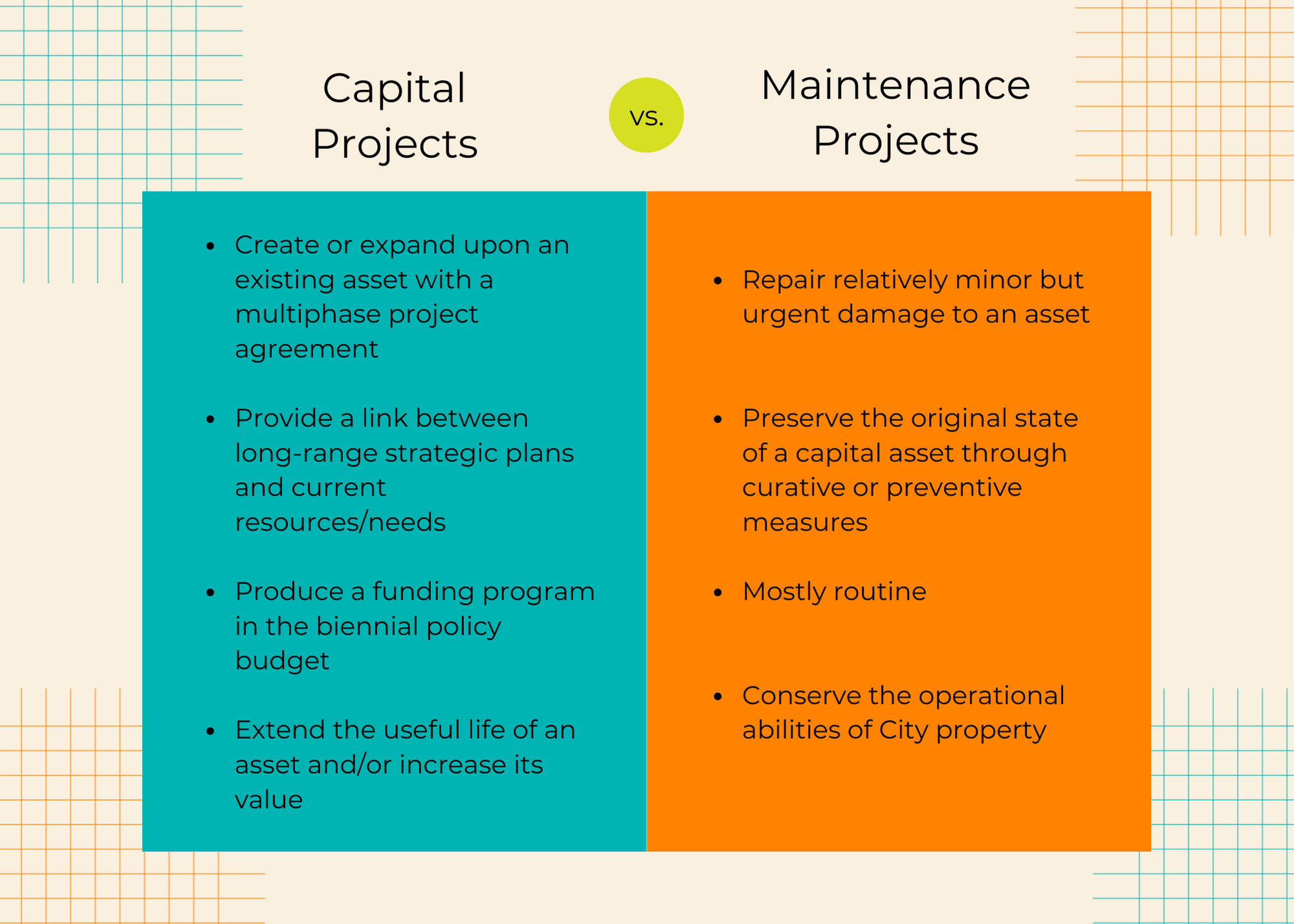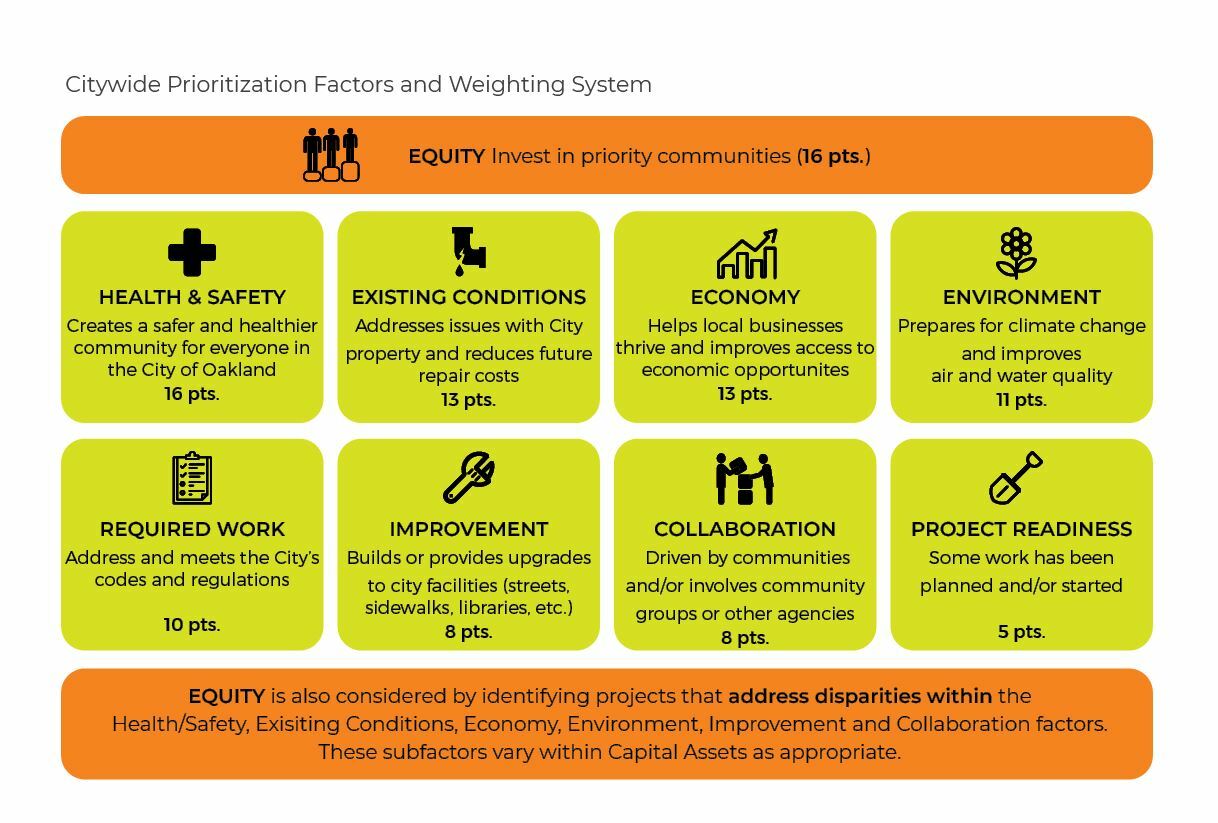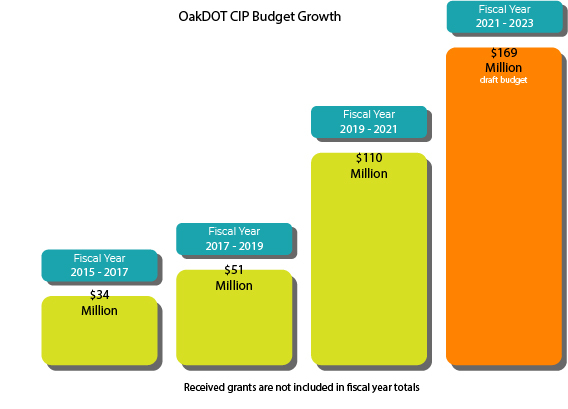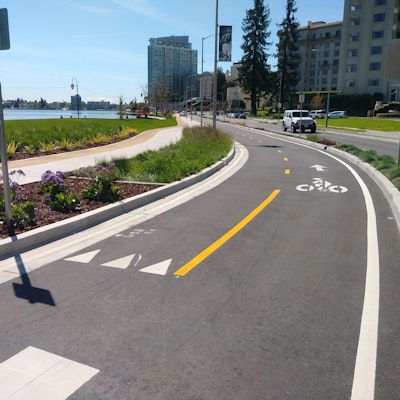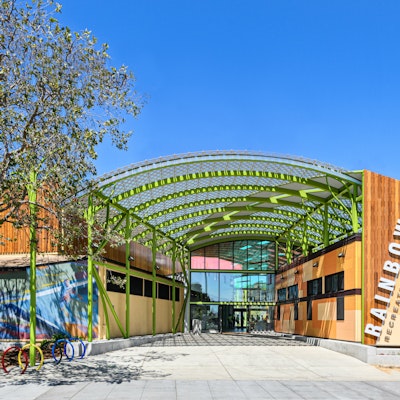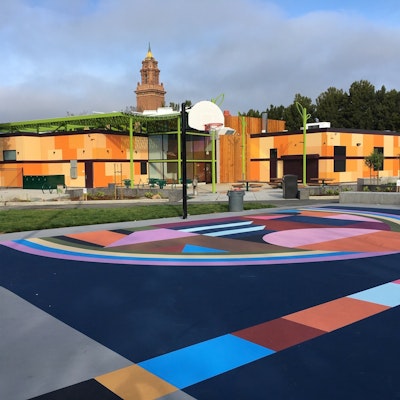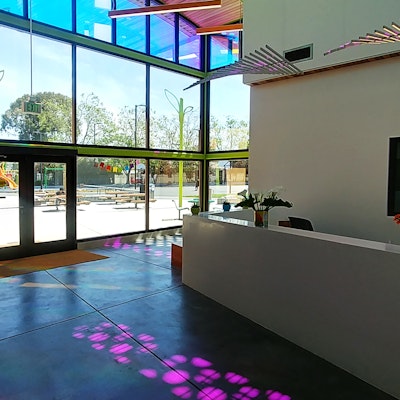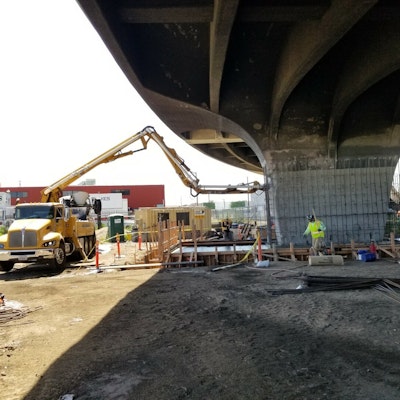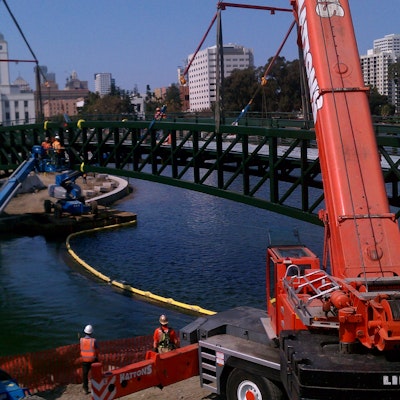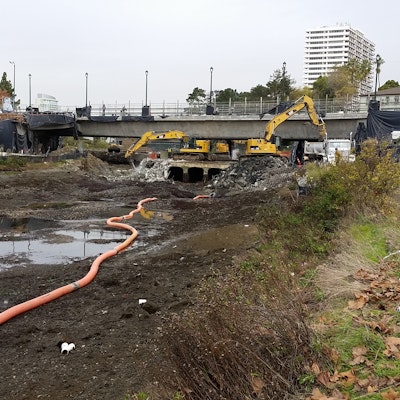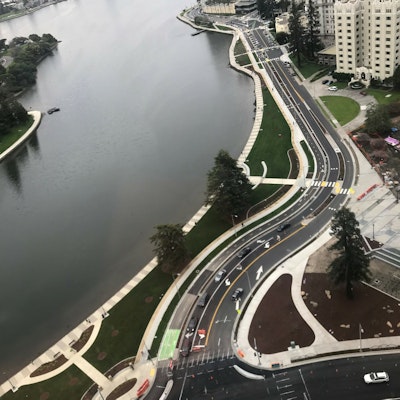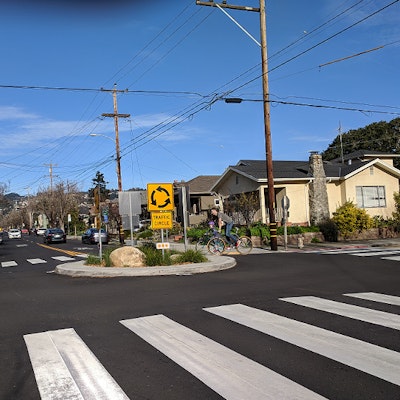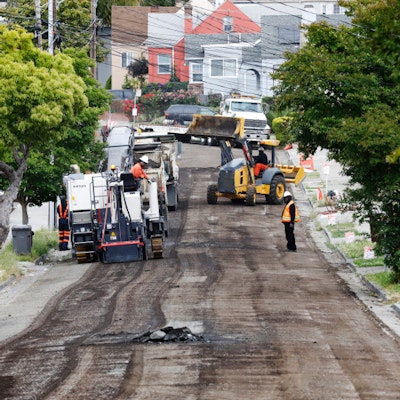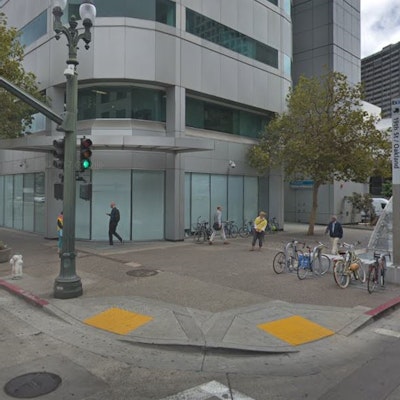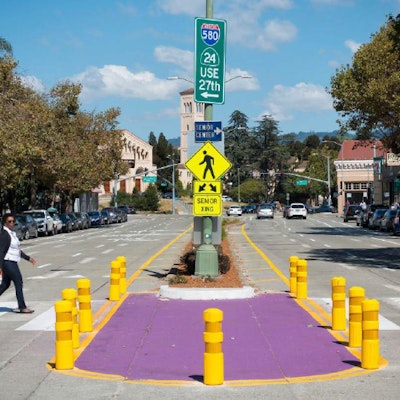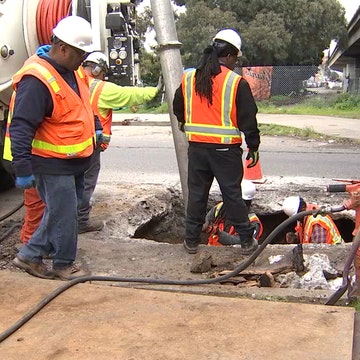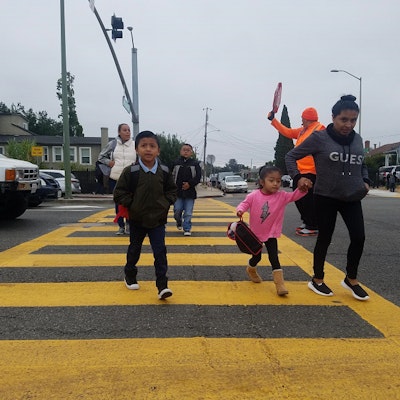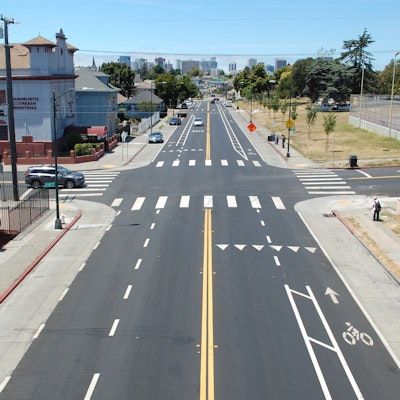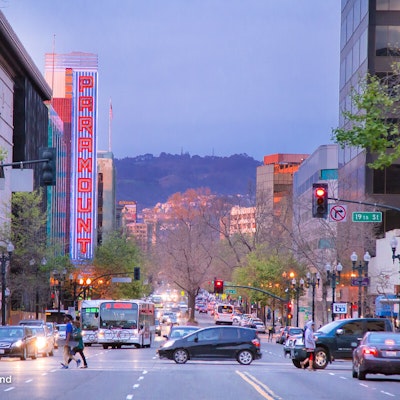This year, we are integrating the public input process for the capital budget with the new Infrastructure and Capital Facilities Element of the Oakland General Plan.
For the upcoming Capital Budget cycle, we will pivot from soliciting new capital project ideas to delivering our existing list of more than 100 in-progress projects. Since some of these projects are only partially funded by City dollars, we are focused on identifying additional funding (for example, from bonds or grants) to allow us to complete them. Over the last three budget cycles, our public engagement process yielded an additional 284 capital project ideas for which no funding is currently available. This existing list of unfunded projects would require more than two billion dollars to implement.
Rather than adding to this list, we are shifting our focus to project delivery. In the short-term, this means moving our in-progress and “shovel ready” projects forward expeditiously. Going forward, it means aligning our work more closely with long term capital planning processes like the City of Oakland General Plan Update.
This is the first time that the General Plan will have an Infrastructure and Capital Facilities Element (or topic), which will support and guide capital planning over a twenty-year time horizon. This is a well-timed opportunity for our community to build on participation in past CIP cycles by contributing their voices and needs to this longer-range approach to capital planning.
We encourage community members to engage with the General Plan Update process this fall by:
- Taking this survey (open until October 20, 2024) to share your thoughts and ideas about Oakland's future
- Visiting the General Plan Update webpage
- Signing up for General Plan email updates
